Uses of Plant Hormones | Plants | Biology | FuseSchool In this video we are going to look at a few different ways in which plant hormones can be used. Plant growth hormones (auxins) can be used as selective weedkillers. The selective weedkillers contain growth hormones, that cause the weeds to grow really quickly. This means the weed is absorbing nutrients from the soil at a much higher rate, and so the weeds absorb the weedkiller in much larger quantities than beneficial plants. This can be used for getting rid of weeds without killing the grass, or thistles in a field without killing the crop. But they aren’t just good at killing plants. Gardeners use growth hormones to promote growth. They take cuttings of plants and dip the stalk end into rooting powder which contains growth hormones. This makes stem cuttings quickly develop roots and establish as functioning plants. Plant hormones can also be used in controlling fruit ripening. Some slow it down, and others speed it up. We can make use of this knowledge to inhibit hormones during transport so that the fruit does not ripen too quickly, or we can promote ripening when in the shops so it is in perfect condition for consumers. Bite into a banana, and you don’t expect seeds do you? Hormones sprayed onto flowers can stop seeds developing, leaving us with big, juicy, seedless fruits. In nature, plants only germinate when conditions are ideal for growth. This is called seed dormancy and is controlled by hormones. We can use hormones and inhibitors to remove the dormancy of seeds, thus enabling us to germinate seeds at all times of the year. We can also use these hormones to make plants grow bushier and make them flower at controlled times; exactly what you want if you are entering a flower show! Ethylene is used to ripen fruit. Ethylene breaks down components of the cell walls to make them softer, and makes them sweeter by converting starches to sugars. Ever wondered why you are told to put unripe fruit next to ripe fruit? Ethylene is different to other hormones because it is an airborne gas, and works on a positive feedback loop. Start with a little ethylene, and this causes more to be released, which causes more to be released… and so on. Therefore promoting ripening in all ‘local’ fruit. SUPPORT US ON PATREON https://www.patreon.com/fuseschool SUBSCRIBE to the FuseSchool YouTube channel for many more educational videos. Our teachers and animators come together to make fun & easy-to-understand videos in Chemistry, Biology, Physics, Maths & ICT. VISIT us at www.fuseschool.org, where all of our videos are carefully organised into topics and specific orders, and to see what else we have on offer. Comment, like and share with other learners. You can both ask and answer questions, and teachers will get back to you. These videos can be used in a flipped classroom model or as a revision aid. Find all of our Chemistry videos here: https://www.youtube.com/playlist?list=PLW0gavSzhMlReKGMVfUt6YuNQsO0bqSMV Find all of our Biology videos here: https://www.youtube.com/playlist?list=PLW0gavSzhMlQYSpKryVcEr3ERup5SxHl0 Find all of our Physics videos here: https://www.youtube.com/playlist?list=PLW0gavSzhMlTWm6Sr5uN2Uv5TXHiZUq8b Find all of our Maths videos here: https://www.youtube.com/playlist?list=PLW0gavSzhMlTKBNbHH5u1SNnsrOaacKLu Instagram: https://www.instagram.com/fuseschool/ Facebook: https://www.facebook.com/fuseschool/ Twitter: https://twitter.com/fuseSchool Access a deeper Learning Experience in the FuseSchool platform and app: www.fuseschool.org Follow us: http://www.youtube.com/fuseschool Befriend us: http://www.facebook.com/fuseschool This is an Open Educational Resource. If you would like to use the video, please contact us: [email protected]
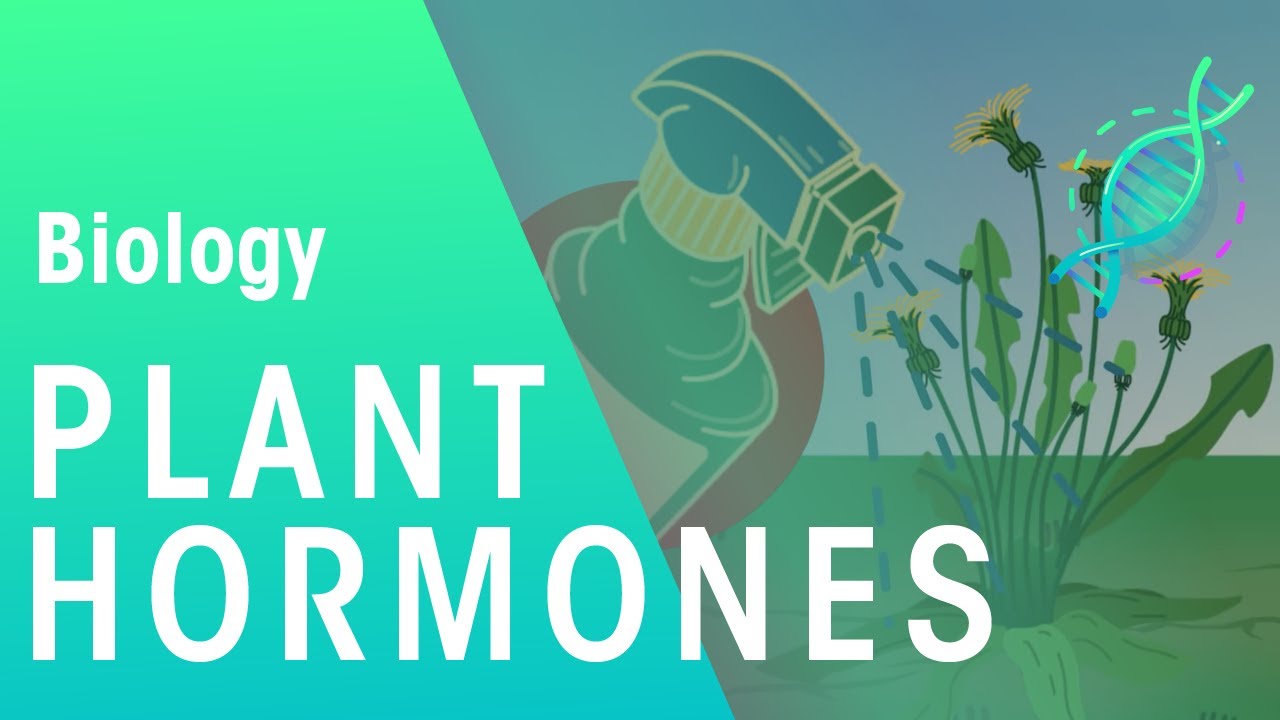
HGH, Growth Hormones & Plant Hormones Video – 40
- Post author:
- Post published:May 12, 2021
- Post comments:0 Comments
You Might Also Like

Glutamine version- Tokyo Teddy Bear
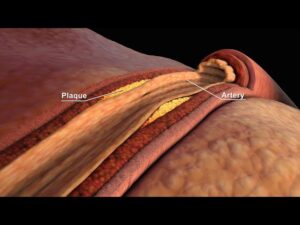
LDL and HDL Cholesterol | Good and Bad Cholesterol | Nucleus Health
Biceps Exercises
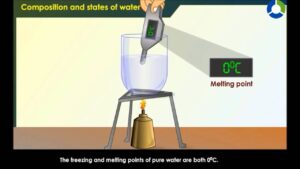
Composition and States of Water – Water (CBSE Grade : 7 Biology)

Creatine – What is it and how can you benefit

Testosterone & Androgenic Effects Video – 38
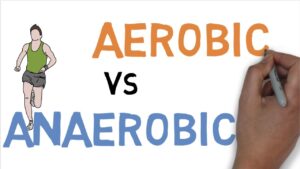
AEROBIC vs ANAEROBIC DIFFERENCE
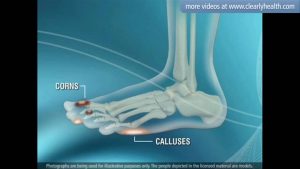
Diabetes: Foot care

Alternating Knee Touches Stability Ball

How To Do A STANDING OVERHEAD CABLE TRICEPS EXTENSION (WITH LOW PULLEY ROPE) | Exercise Demo Video
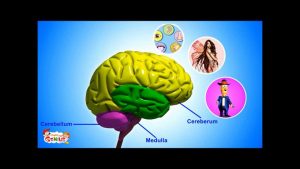
Our Brain – Human Anatomy -Lesson for Kids- School Science Video

Assisted Stretching Exercises for Improved Martial Arts Flexibility

The Rock’s CHEST WORKOUT ROUTINE
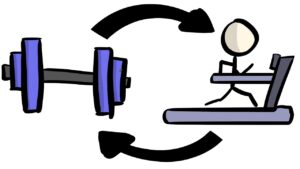
Do Cardio or Weights First?

Free T3, Free T4, Reverse T3

Respiratory System And Asanas Video – 5
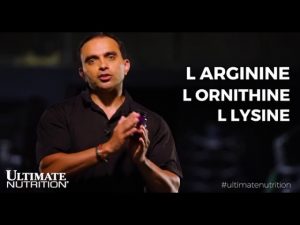
ARGININE ORNITHINE LYSINE

Bodybuilding Video – 1

Close Grip Bench – HASfit Triceps Exercise Demonstration – Close Bench Triceps Press – Tricep

Erector Spinae Back Extension-1

Erector Spinae Back Extension-11
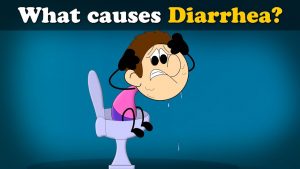
What causes Diarrhea? + more videos | #aumsum #kids #science #education #children

Anabolic Steroids – History, Definition, Use & Abuse Video – 6
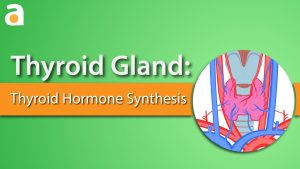
Thyroid Gland: Thyroid Hormone Synthesis
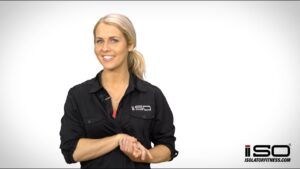
Basal Metabolic Rate (BMR) – Explained – Part 1

Things you must know before taking Glutamine Supplements | HINDI

Cricket Video – 1
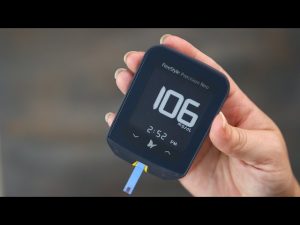
How to Check Your Blood Sugar

7 Natural Cures For Osteoporosis
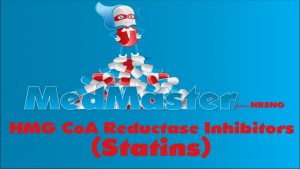
HMG CoA Reductase Inhibitors (Statins) | MedMaster | Pharmacology for Nursing Students
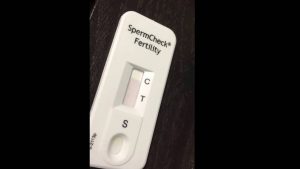
How to check man sperm count for fertility at home

Causes of Androgenetic Alopecia

The REAL Reason Intermittent Fasting Works – Benefits of Intermittent Fasting

Hygiene And House Keeping Video – 2
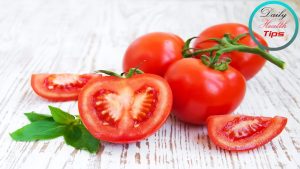
Foods That Reduce High Blood Pressure

Orthopedics Video – 2

Obstetrics Video – 3

Islamic Nutrition Laws Video – 1

What is BMI (Body Mass Index)?

Muscle Building Workout & Squats Video – 33
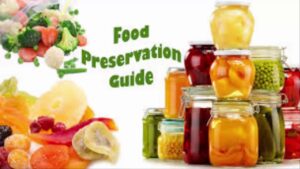
Preservatives Video – 2

